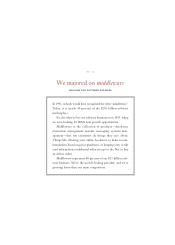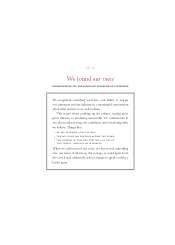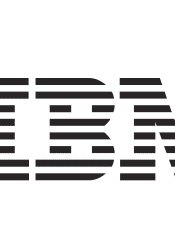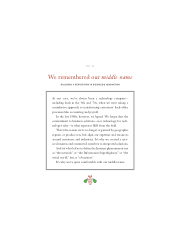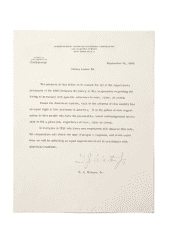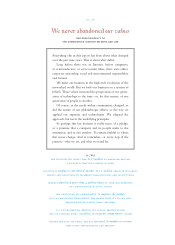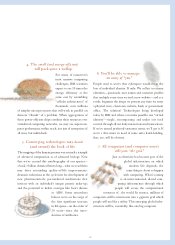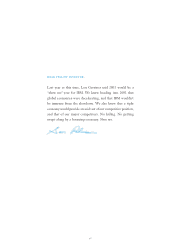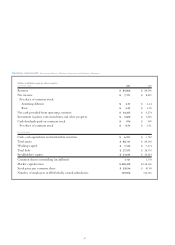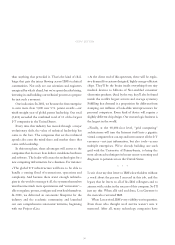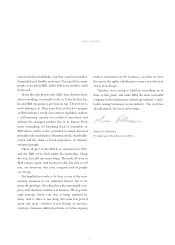IBM 2001 Annual Report Download - page 44
Download and view the complete annual report
Please find page 44 of the 2001 IBM annual report below. You can navigate through the pages in the report by either clicking on the pages listed below, or by using the keyword search tool below to find specific information within the annual report.
42
Seven shifts that will transform the future
(yours, and ours)
1. Computers will care
for themselves.
Mere humans don’t stand a chance
of keeping pace with the coming
onslaught of data volumes and
transaction flows, not to mention
the complexity of information sys-
tems themselves. Fortunately, mere humans can infuse
the systems with the ability to manage the complexity
themselves. Called autonomic computing (after the human
autonomic nervous system that governs activities like
heart rate, digestion and breathing), this will make our
systems more reliable, self-managing, self-protecting and
even self-healing
—
freeing up enterprises to focus on more
creative things, like new uses for those very systems.
2. Advanced computing devices will take
a lesson from a mollusk.
Scientists today can etch
microscopic lines in com-
puting components that are
astoundingly fine, but the
processes are themselves
astoundingly intricate, complex
and increasingly expensive. Now, scientists are taking a
cue from the lowly abalone, which organically combines
materials to form a shell 3,000 times stronger than its
component elements. That principle of natural self-
assembly is behind using chemical reactions to form
materials with built-in nano-scale features. IBM scientists
have already moved individual atoms. Tomorrow, they
just might be able to make those individual atoms do
some amazing work.
3. Enterprises will
dismantle industrial age workplaces.
Once, we shoehorned people
into office complexes so
they could be near the filing
cabinets and each other.
No longer. “The office” will
be discarded in response to
a changing workforce with
radically different expecta-
tions, a marketplace that
has no time for bureaucracy (or time zones), and
technologies that make the traditional workplace an
e-workplace. At IBM, we’re not only studying this in our
labs— we’re also learning about it, and living it, in our
e-business-enabled work lives.



